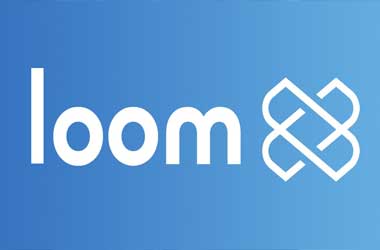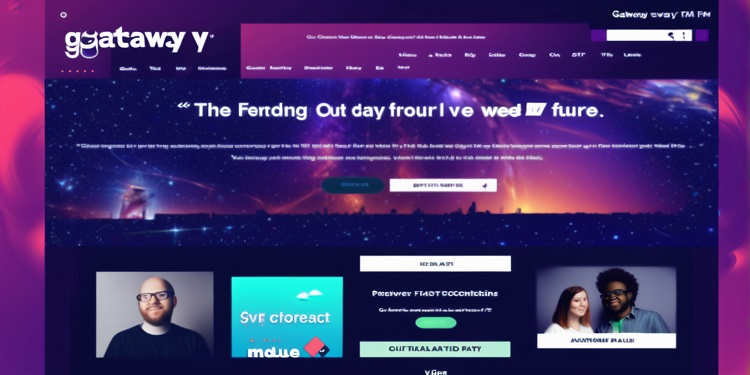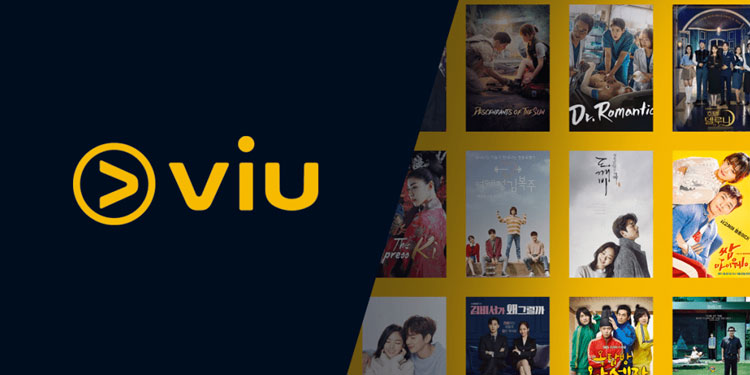 The Ethereum based platform, Loom Network, which aims to facilitate the development of both decentralized applications and games, has released its main product – an SDK (Software Development Kit).
The Ethereum based platform, Loom Network, which aims to facilitate the development of both decentralized applications and games, has released its main product – an SDK (Software Development Kit).
Under the beta phase, the product is open for developers and everyone else. Loom Network believes that its platform will serve the creation of large-scale games and social media applications.
The Software Development Kit is packed with examples of dApps, which can be downloaded and run by developers.
Loom Network co-founder James Martin Duffy stated
“the easiest way to gain mass developer adoption is by giving people fun sample DApps to hack on and learn by example. And that’s exactly what we plan on doing for the Loom SDK.”
Loom Network allows the creation of scalable blockchain applications, while remaining compatible with Ethereum network. Loom Network is designed such that DAppchains run as side chains. Therefore, developers can achieve scalability without compromising on security that is offered by Ethereum network.
A truly interactive game is not possible on Ethereum. Users have to pay gas every time they moved their object, wait 15 seconds or longer for the move to get saved on the blockchain, and then proceed further.
However, on a Loom DAppChain,
- Users need not pay gas fees
- Sub-second confirmation times. This enables truly interactive games
- Users need not record every transaction on the DAppChain.
For example, with Loom Network’s platform, CryptoKitty can be stored securely on Ethereum mainnet, but have the game played on a sidechain.
Loom’s SDK makes it easier for developers to build blockchain applications. Within a few days, a single developer will now be able to build a DApp similar to Steemit. The SDKs for Cocos, Unity, Phaser, and Vanilla JavaScript has made game development on blockchain an absolutely easy and simple task even for traditional game developers. During the recent Hackathon conducted by Loom in Tokyo, attendees were able to develop the following games within 9 hours of downloading the Loom SDK.
- Tanks that are generated based on unique DNA — and stored on their own DAppChain.
- Maze Drunker, where the items and alcoholic drinks you collect in a maze are stored in your wallet on a DAppChain.
- Sea Treasure, where you hunt for treasure items which are stored on the Blockchain. In future versions, you would be able to sell or trade any valuable treasures you might find.
- Blockchain-based Pac-Man, where the coins you collect get stored on the Blockchain and can be used to buy new characters (that are also stored on the Blockchain)
- The Cup, a turn-based game where overflowing the cup makes you lose. The data on this game is also stored in a Loom DAppChain.
- 2048-game-meets-RPG. All player moves are saved to the Blockchain, and enemies take damage when you merge blocks.
LoomSpace! A fully immersive VR world meets Loom DAppChains. Your current head coordinates (along with the items you collect) are stored on the Blockchains. Easily one of the coolest projects.
Upcoming Features
Loom SDK plans the following features
By end of June
- TransferGateway support for ERC20/ERC721/Ethereum
- ERC721 Plasma Cash support
- Unity Solidity examples
- Cron blockchain support
- Token pegging
July
- ERC20/ETH Plasma Cash support
- Hardfork manager
- Extended Sybil resistance framework
In addition to the improvement of Loom SDK, the team will spend considerable time and resources towards projects such as ZombieChain (an EOS-like DPoS Sidechain for Ethereum DApps) and Zombie Battleground (a blockchain-based mobile collectible card game).
LOOM Token
- Developers who want to run a DApp on ZombieChain lock a minimum of 10 LOOM tokens into a smart contract to power their DApp (more for higher volume DApps).
- Each month, tokens are deducted based on how much shared “bandwidth” that DApp consumes (measured in Transactions Per Second). Developers can choose to cap their throughput at a certain tier to prevent unexpected costs.
- The tokens that are deducted from developers each month get paid to the DAppChain validators as fees for running the DAppChain.
In this way, the token model is similar to EOS’s, except since the LOOM token isn’t inflationary, the real cost of running their DApps is more transparent to developers.
In other news, South Korean cryptocurrency exchange Upbit has listed LOOM for trading.
Won Market New Listing : $LOOM / KRW
— UPbit Translator (@UPbitExchange) June 12, 2018








